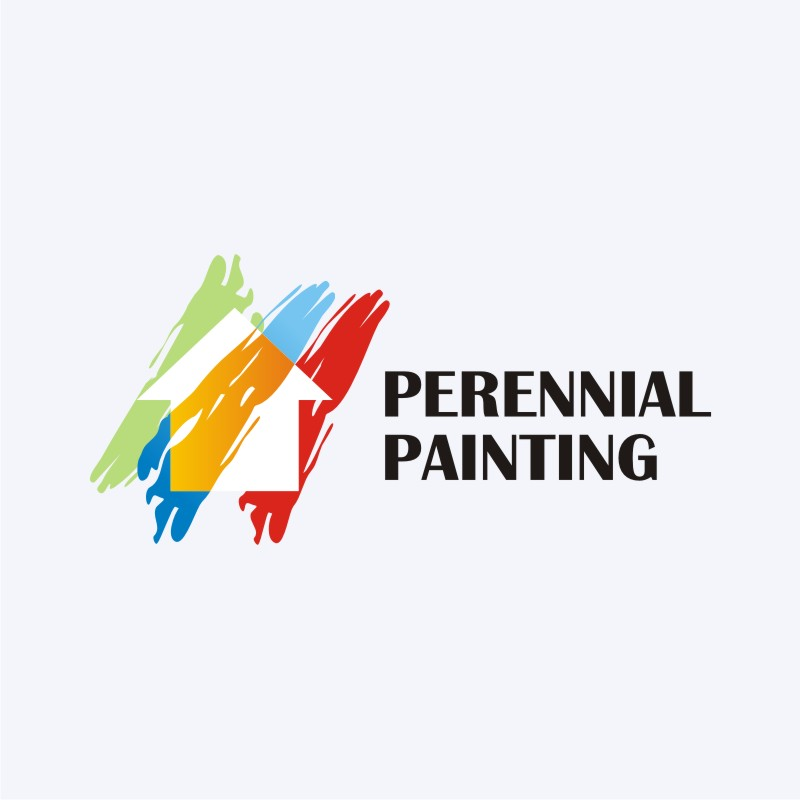Prepare Your Wall Surfaces For Painting With Crucial Pointers And Techniques That Assure A Perfect Surface-- Discover The Crucial Steps To Elevate Your Job
Prepare Your Wall Surfaces For Painting With Crucial Pointers And Techniques That Assure A Perfect Surface-- Discover The Crucial Steps To Elevate Your Job
Blog Article
Web Content Author-Holmgaard Kelley
When you're prepping your walls for paint, it's essential to follow a systematic procedure to make sure a perfect finish. Beginning by taking a look at the wall for any type of damage; this step can make or break your job. As soon as you've recognized any concerns, cleansing the surface correctly is crucial, as a dirty wall surface can influence paint bond. After that, you'll require to spot any type of flaws and use a primer. But there are specific methods and ideas that can raise your preparation game-- let's explore those additional to accomplish the best outcomes.
Assessing Wall Condition
Prior to you grab your paintbrush, take a minute to assess your wall surfaces' problem. Look for any visible damages like splits, holes, or peeling paint. These flaws can impact how the paint adheres and looks as soon as it's completely dry. If you observe any kind of substantial damages, you'll require to prioritize repair services before diving right into painting.
Look carefully at the texture of your walls. Is the surface smooth, or exists appearance that might require unique factor to consider? Smooth walls normally need much less preparation, while textured surface areas may require even more time to paint evenly.
Likewise, think about the previous paint task. If the old paint is shiny, it mightn't permit new paint to stick properly. You'll wish to know if your wall surfaces have been repainted with oil-based or water-based paint, as this can impact your option of guide or paint.
Lastly, remember of any type of wetness concerns. If you see indicators of water damage or mold, address these problems right away to avoid more issues.
Cleaning the Surface area
As soon as you have actually assessed the condition of your walls, the next step is cleansing the surface area. Start by collecting your supplies: a bucket, cozy water, a mild detergent, a sponge or towel, and a scrub brush for tougher areas.
Begin on top corner of the wall and function your means down. Mix the cleaning agent with cozy water in your container, after that dip the sponge or cloth right into the remedy. Wring it bent on stay clear of excessive moisture on the walls.
As you clean up, pay very close attention to areas that might've gathered dust, oil, or finger prints. For stubborn stains, make use of the scrub brush carefully to stay clear of harming the paint under. Wash your sponge or towel regularly in tidy water to prevent spreading dirt around.
After cleansing, it's important to wipe the walls with a moist cloth to get rid of any kind of soap deposit. This step ensures a smooth surface area for the brand-new paint to follow.
Allow the wall surfaces to completely dry totally before carrying on to the following preparation steps. web link cleansing procedure will certainly help produce a fresh canvas for your paint job, ensuring the most effective results.
Patching and Priming
Patching and priming are vital steps in preparing your walls for a fresh layer of paint. First, examine your wall surfaces for any holes, cracks, or blemishes. Use a top notch spackling substance or patching paste to fill these areas.
Use the compound with a putty blade, smoothing it out so it's flush with the surrounding surface area. Permit it to completely dry entirely, and afterwards sand it lightly until it's smooth and also.
When you've patched whatever, it's time to prime. Primer assists seal the covered areas, making certain the paint sticks correctly and offers a consistent surface. Choose a primer appropriate for your wall type and the paint you'll be using.
Apply the guide using a roller for bigger locations and a brush for edges and sides. If your covered areas are significantly big or porous, you might want to use a 2nd layer of primer after the first one dries.
After priming, let whatever completely dry thoroughly prior to moving on to painting. This prep work will not just boost the look of your walls however also lengthen the life of your paint task.
Take your time, and you'll be pleased with the outcomes.
Conclusion
By adhering to these basic steps, you can accomplish a smooth and professional finish on your walls. Start by examining their condition, after that tidy and patch any kind of flaws prior to applying primer. Remember to allow sufficient drying time and ensure whatever is smooth before you dive into paint. With the right preparation, you'll establish the stage for a beautiful improvement in your area. Now, gather your products, take in the fresh air, and get ready to paint!
